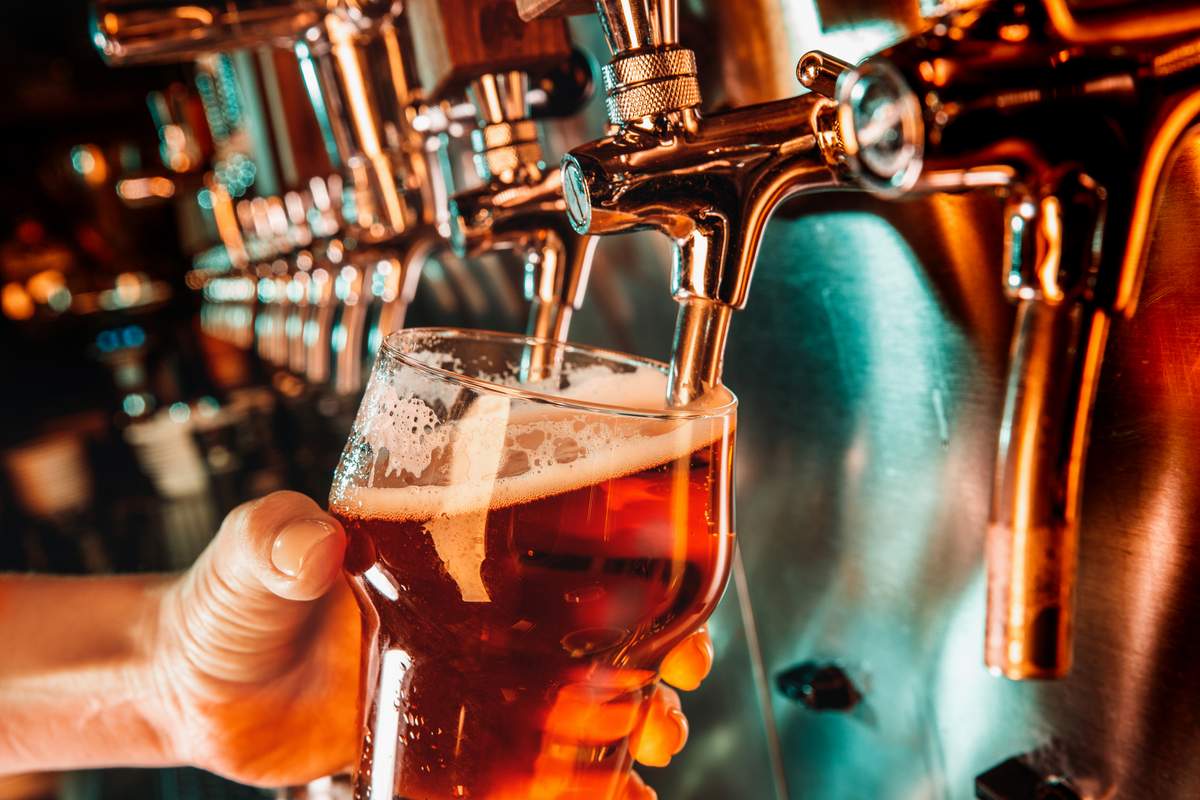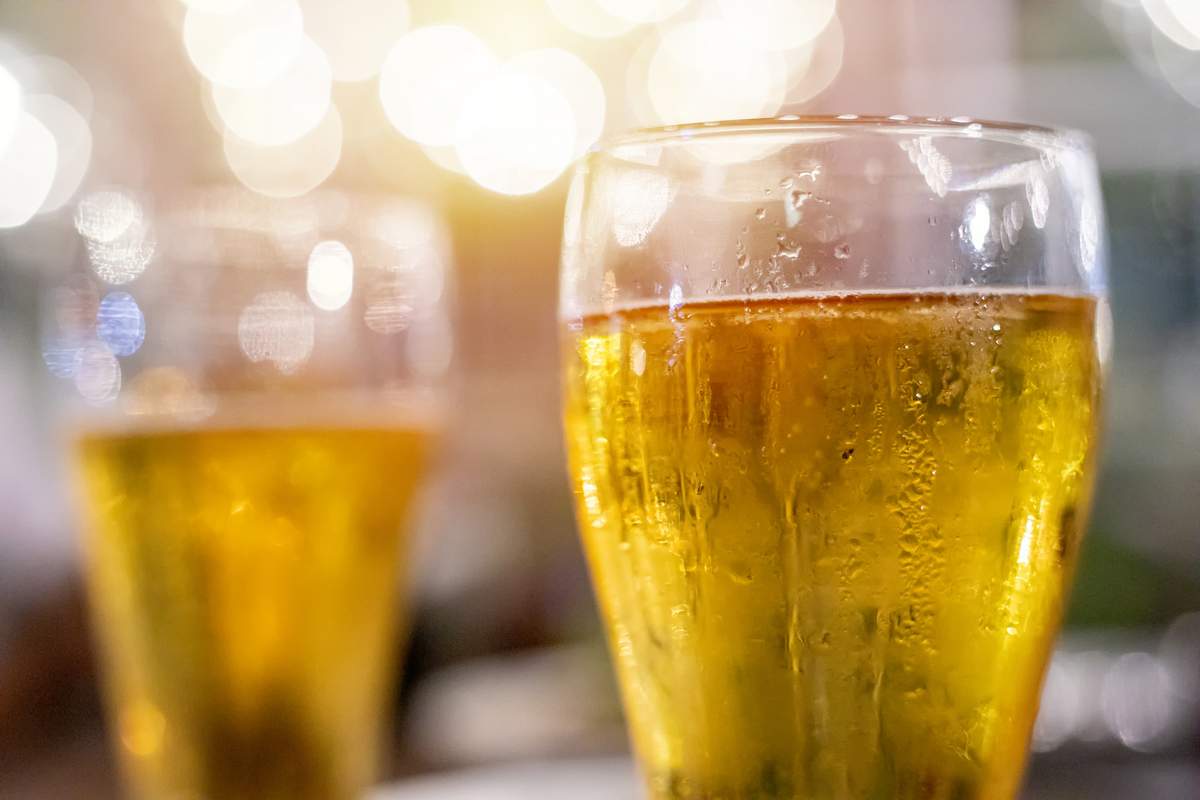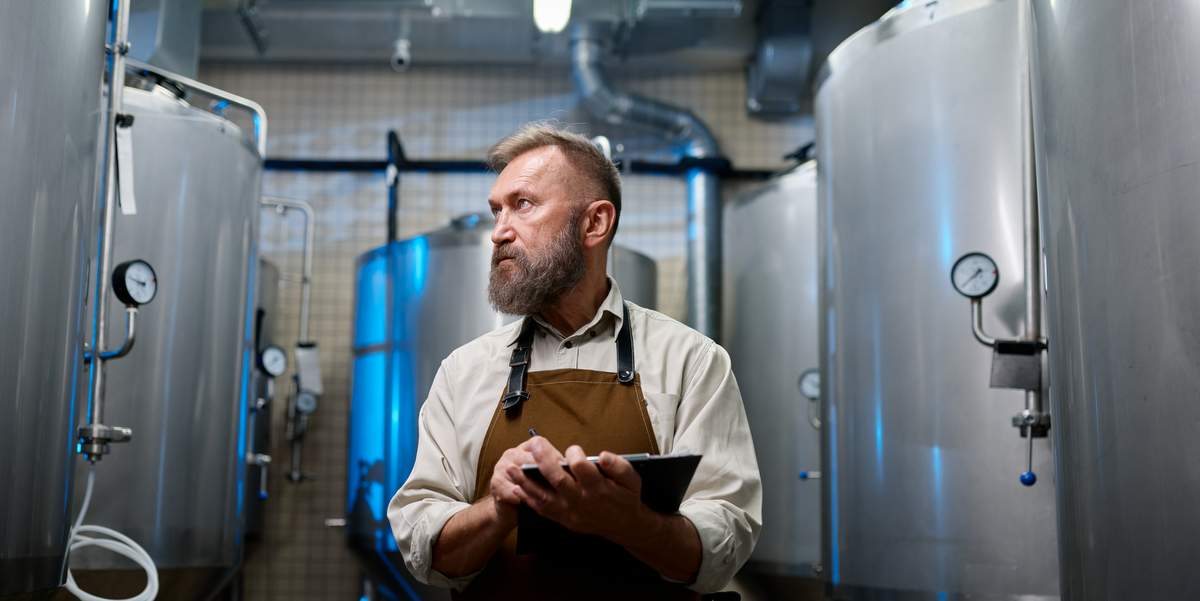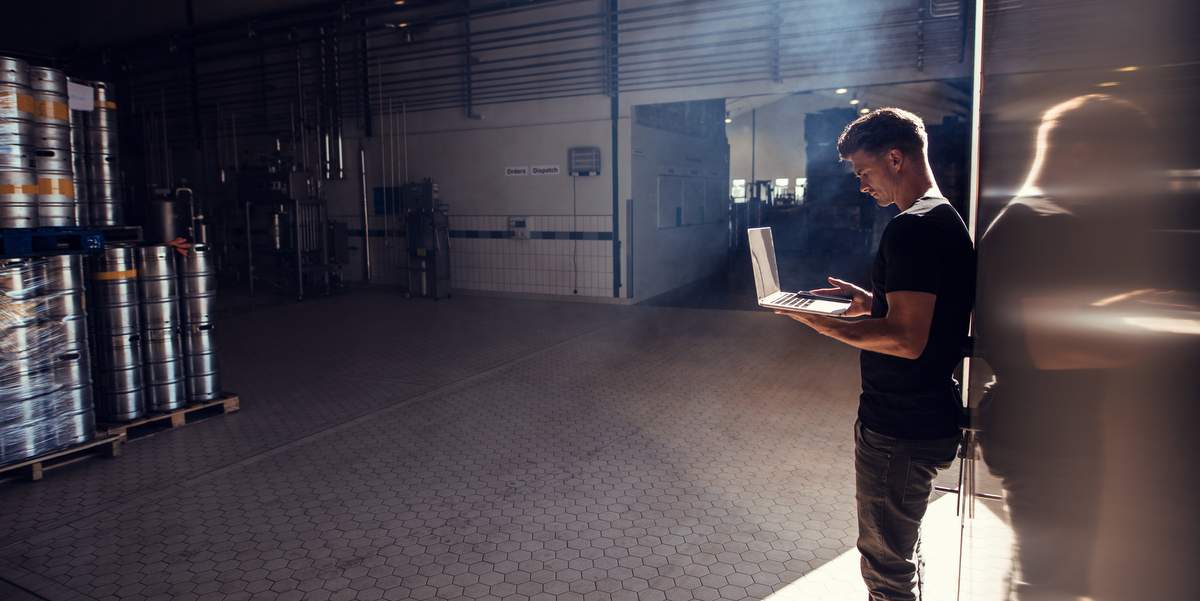
In recent years, the craft brewing industry has witnessed a remarkable trend — the rise of non-alcoholic (NA) beers. Once sidelined as an afterthought in the world of artisanal brewing, NA beers are now at the forefront of the craft brewing revolution. Craft brewers are embracing the trend, adapting their art and tapping into a new market segment.
There are a number of factors at play here. Health-conscious millennials and Gen Z drinkers are increasingly opting for low-calorie, non-alcoholic options. This shift is driven by a broader wellness trend, where moderation and mindful consumption take center stage. The traditional craft beer drinker is getting older and drinking less alcohol. There is an increase in demand for low-alcohol and no-alcohol items from people with health illnesses. Non-alcoholic beer is even gaining traction among athletes as a recovery drink. Also, today’s NA beer doesn’t carry that shame stigma it did decades ago. In fact, NA beer is a responsible and healthy way to enjoy great craft beer.
Craft brewers, known for their innovative and consumer-centric approaches, are perfectly poised to cater to this growing demographic, and the result is a burgeoning variety of NA craft beers, from hoppy IPAs to rich stouts, offering a full craft beer experience without the alcohol. Today, we see NA beers in bars, restaurants, sporting events and on planes, but we’re always drinking it from a can. So, will NA beer one day be on draught? Well, the absence of alcohol in non-alcohol beer actually raises some regulatory, production and public health and safety concerns.
Last week, the Brewers Association (the trade org representing craft brewers) released resources on the safety of non-alcohol beer on draught. You have to be a member to view it, so it’s worth joining up. Producing and serving non-alcohol beer is inherently different from traditional alcohol containing styles. Alcohol limits the survival and growth of pathogenic bacteria. However, little scientific research has been published on the growth and survival of pathogens in non-alcohol beer, which is what makes this BA resource so important. Here’s some text from the BA page:
A “food safe” non-alcohol beer can be produced at the brewery for packaging in a can or bottle through pasteurization. However, in keg, non-alcohol beer moving through the three-tier system is subject to circumstances beyond the brewer’s control, such as elevated temperatures during transportation and storage, or being served from a poorly maintained long draw draught system. These and other pathways such as a contaminated food product stored in beer service areas, can possibly introduce contamination and/or stimulate bacterial growth with potentially human harming consequences.
A recently published “challenge study” conducted by researchers at Cornell University found that the pathogenic bacteria Escherichia coli (E. coli) and Salmonella enterica can survive and grow at higher rates in non-alcohol beer under certain conditions. This study confirms other study results, indicating low and non-alcohol beers are susceptible to pathogens. After examining available evidence, the Brewers Association (BA) does not believe that sufficient evidence exists to understand the potential risk of serving non-alcohol beer on draught. Similarly, the BA does not believe there is sufficient knowledge or experience to recommend best practices that would guarantee the safety of the product during on-premise draught retail sales.

There is already a challenge for craft brewers to create NA beers that retain the complexity and depth of traditional craft beers, so adding the hurdle of safely serving it on draught might be a bridge too far. Plus, these are new bugs. Foodborne pathogens are not the same non-pathogenic “beer spoilers” that impact the quality of a regular craft beer.
The rise of non-alcoholic beer opens new revenue streams for craft brewers. It’s not just about appealing to non-drinkers. It’s about attracting health-conscious drinkers, pregnant women, athletes and those who want to enjoy a beer without the effects of alcohol. Contaminating that NA beer on draught would go against that halo of wellness, but there is still research to be done.
The BA will continue to consult and work with subject matter experts and members of the academic community and industry in the interest of increasing the scientific knowledge addressing the growth of pathogens in non-alcohol beer while seeking to identify best practices that will ensure public safety. Brewers should understand the food safety risks involved with producing and serving non-alcohol beer in all package types, particularly draught beer, when considering adding non-alcohol beer to their portfolio.





Nissos says
Exactly